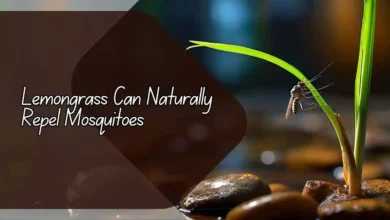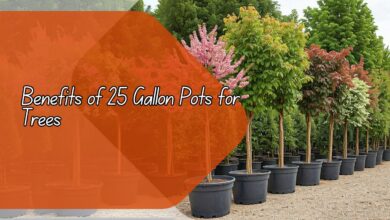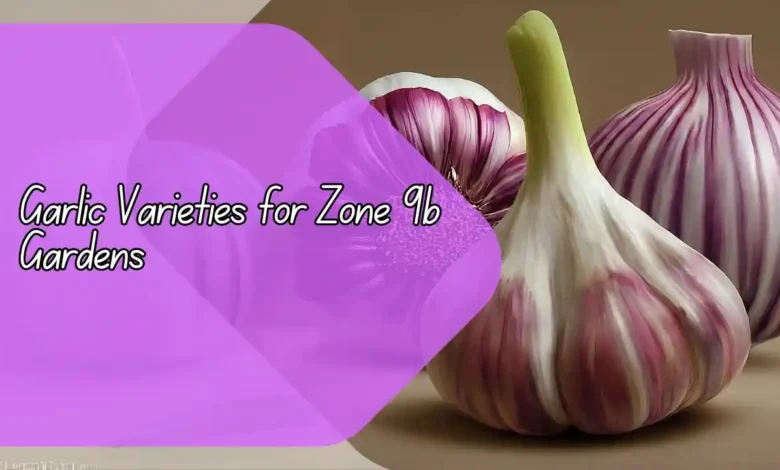
Top Garlic Varieties for Zone 9b Gardens
In this article, we will discuss the top garlic varieties that are suitable for Zone 9b gardens. We will explore different types of garlic that thrive in this climate, their unique characteristics, and tips on how to grow them successfully in your garden.
What are the best garlic varieties for Zone 9b gardens?
When it comes to choosing garlic varieties for your Zone 9b garden, there are a few options that are particularly well-suited to this climate. Softneck garlic varieties, such as California Early, Inchelium Red, and Italian Late, are popular choices for Zone 9b gardens.
These varieties tend to perform well in warmer climates and have a mild flavor that is perfect for a variety of culinary dishes.
Hardneck garlic varieties, such as Purple Stripe and Rocambole, are also good options for Zone 9b gardens. These varieties have a stronger flavor than softneck varieties and are known for their large, easy-to-peel cloves. They are great for adding a bold garlic flavor to your favorite recipes.
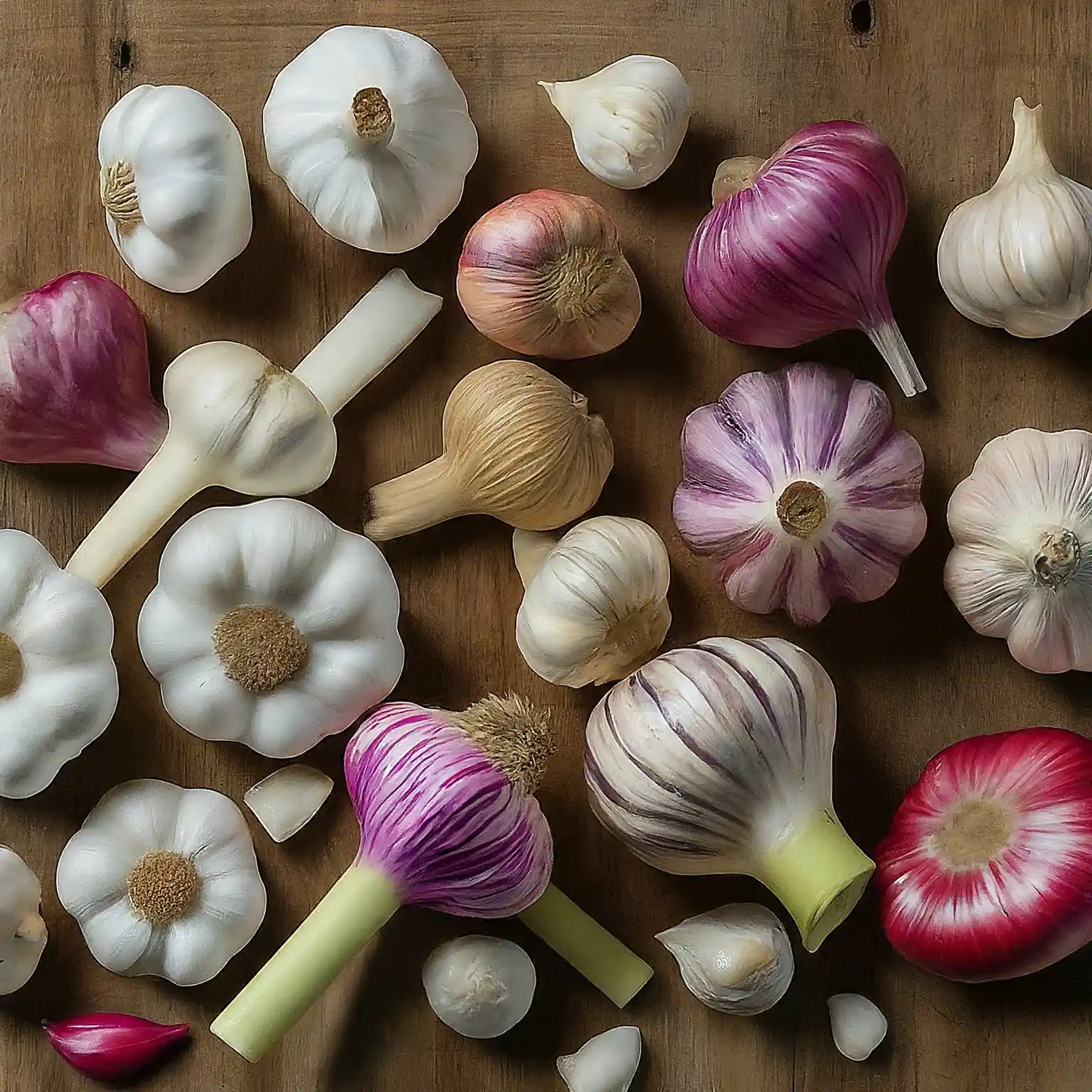
How do I plant garlic in a Zone 9b garden?
Planting garlic in a Zone 9b garden is relatively easy as long as you follow a few simple steps. Start by preparing your soil with plenty of organic matter, such as compost or aged manure, to ensure that it is well-draining and rich in nutrients.
Plant your garlic cloves in the fall, around October or November, making sure to space them about 6 inches apart and 2 inches deep.
Water your garlic regularly, keeping the soil consistently moist but not waterlogged. In the spring, you should see your garlic plants start to grow tall green shoots, which will eventually develop into the bulbs that you can harvest in the summer. Be sure to mulch around your garlic plants to help retain moisture and suppress weeds.
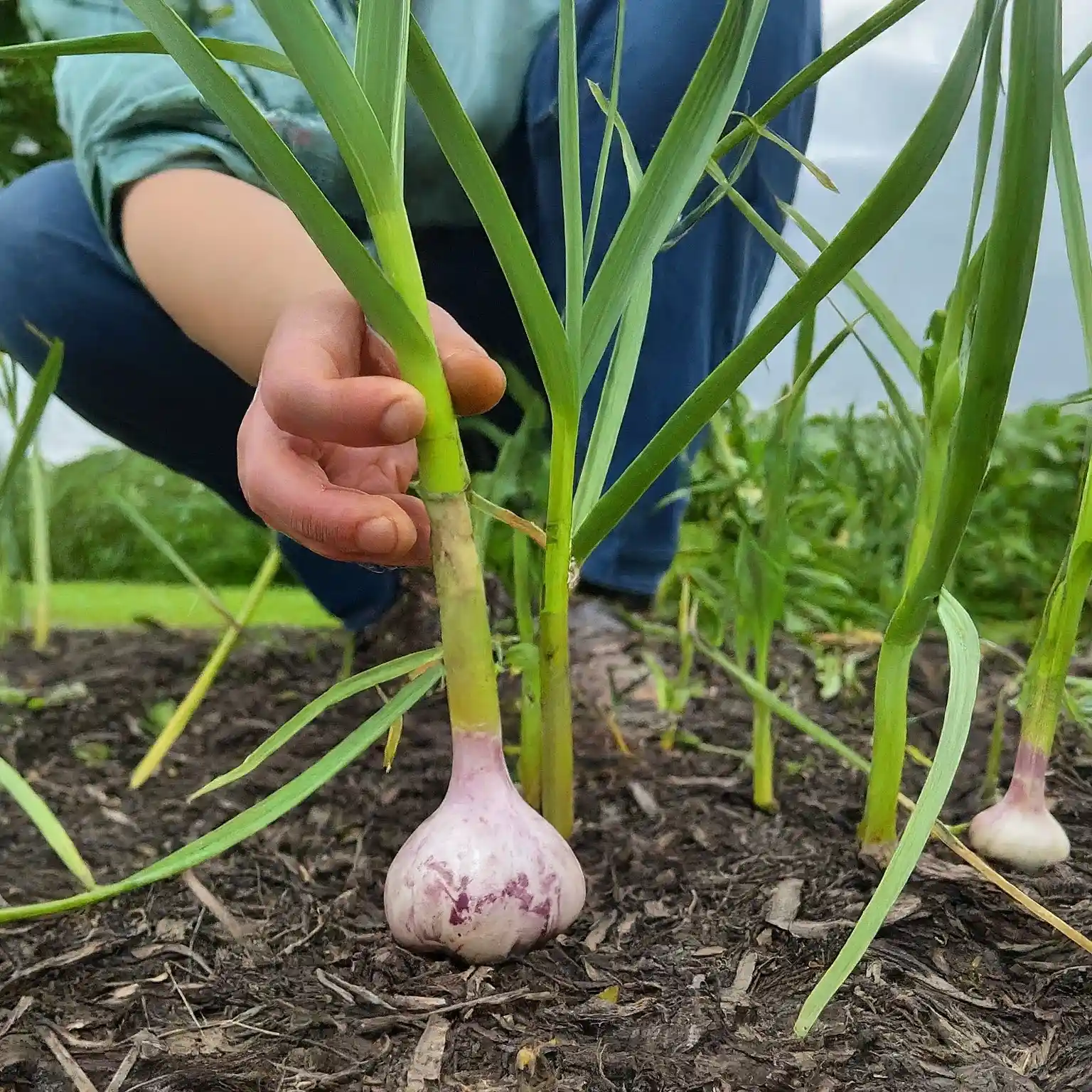
What are some tips for growing garlic in Zone 9b?
One of the key tips for growing garlic in Zone 9b is to make sure that you plant it at the right time. Garlic cloves should be planted in the fall so they have time to establish their roots before the hot summer months. It is also important to choose a sunny spot in your garden for your garlic plants, as they prefer full sun to thrive.
Another tip is to avoid overwatering your garlic plants, as this can lead to rot and other diseases. Instead, water your garlic plants deeply but infrequently, allowing the soil to dry out slightly between waterings.
Finally, be sure to fertilize your garlic plants a few times during the growing season with a balanced fertilizer to help them reach their full potential.
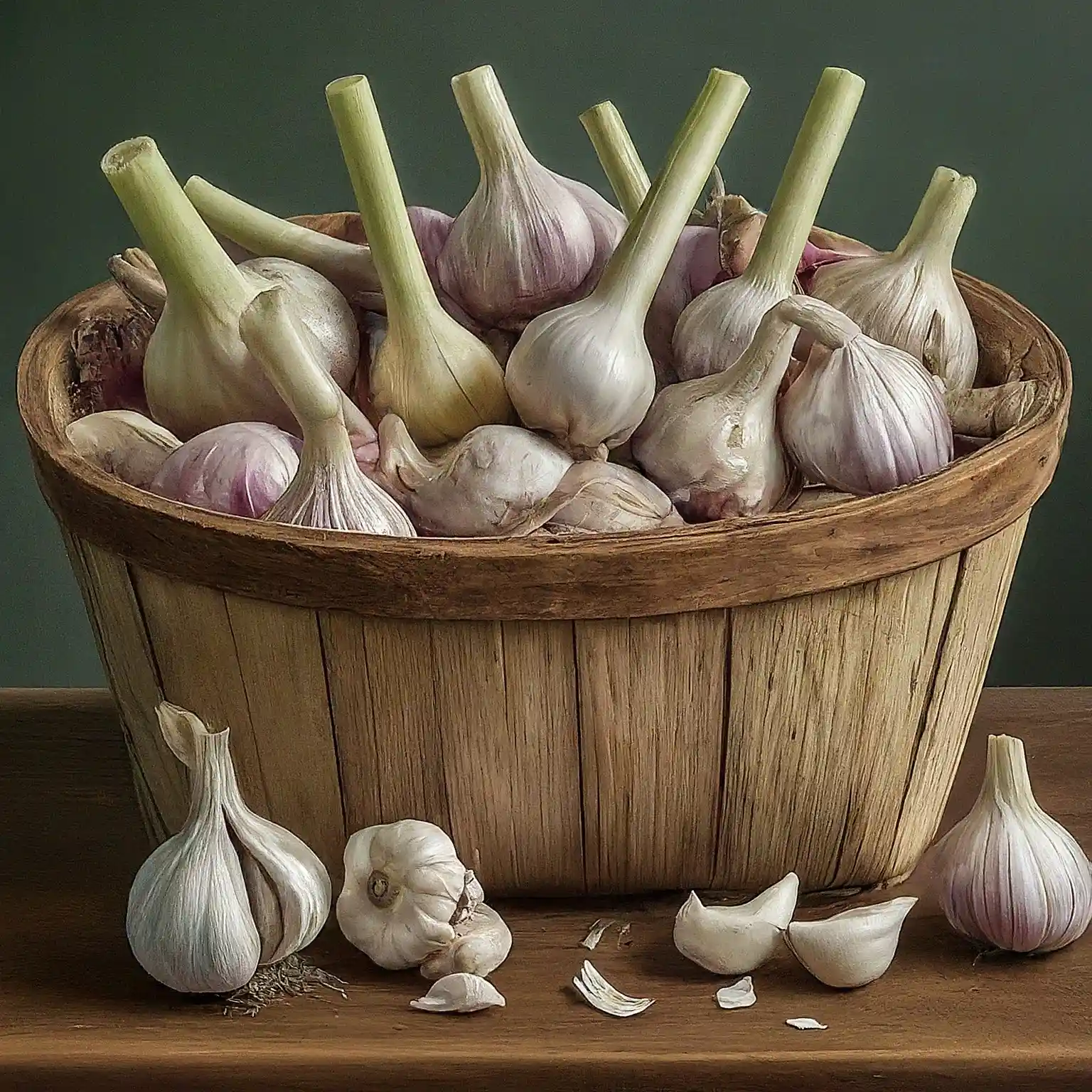
Which garlic varieties are best for cooking?
When it comes to cooking with garlic, the variety you choose can make a big difference in the flavor of your dishes. Softneck garlic varieties, such as California Early and Italian Late, are great options for cooking, as they have a mild, versatile flavor that works well in a variety of recipes.
Softneck garlic is also known for its long shelf life, making it a practical choice for the home cook.
Hardneck garlic varieties, such as Purple Stripe and Rocambole, are also excellent choices for cooking, as they have a more robust flavor that can stand up to bold dishes. Hardneck garlic is especially prized for its large, easy-to-peel cloves, making it a favorite among chefs and home cooks alike.
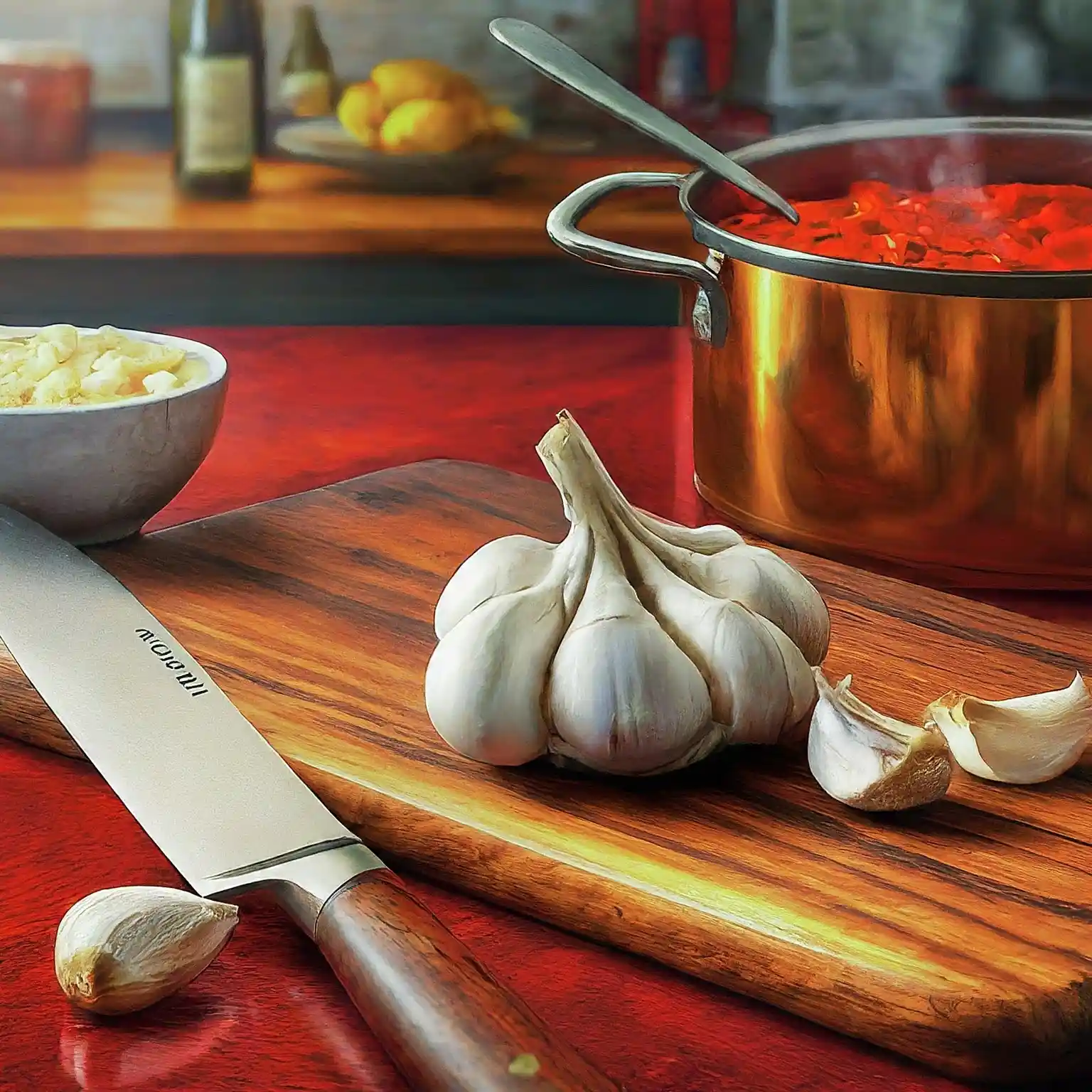
How do I harvest and store garlic in Zone 9b?
Harvesting garlic in Zone 9b is a simple process that can be done in the summer once the tops of the plants start to yellow and die back. Use a garden fork to gently lift the garlic bulbs out of the ground, being careful not to damage them.
Allow the garlic bulbs to cure in a warm, dry place for a few weeks before trimming off the tops and roots.
When it comes to storing garlic, it is important to keep it in a cool, dry place with good air circulation. Softneck garlic varieties can be braided and hung up in a well-ventilated area, while hardneck garlic varieties should be stored in a mesh bag or basket.
Properly stored garlic can last for several months, allowing you to enjoy its fresh flavor well into the winter months.
Conclusion
Garlic is a versatile and flavorful addition to any garden, especially in Zone 9b climates. By choosing the right garlic varieties, planting them at the right time, and following a few simple growing tips, you can enjoy a bountiful harvest of fresh garlic throughout the year.
Whether you prefer a mild softneck variety or a robust hardneck variety, there is a garlic variety that is perfect for your garden and your culinary creations.
FAQs
Can I plant garlic in the spring in Zone 9b?
No, garlic should be planted in the fall in Zone 9b gardens to allow the cloves to establish their roots before the hot summer months.
How often should I water my garlic plants in Zone 9b?
Water your garlic plants deeply but infrequently, allowing the soil to dry out slightly between waterings.
Can I grow garlic in containers in Zone 9b?
Yes, garlic can be grown in containers in Zone 9b as long as the containers are deep enough to accommodate the garlic bulbs and have good drainage.
How long does it take for garlic to mature in Zone 9b?
Garlic typically takes about 8-9 months to mature in Zone 9b gardens, depending on the variety and growing conditions.
Can I plant garlic cloves from the grocery store in my garden?
While you can plant garlic cloves from the grocery store, it is recommended to purchase garlic bulbs from a reputable nursery or seed supplier to ensure the best quality and yield.




